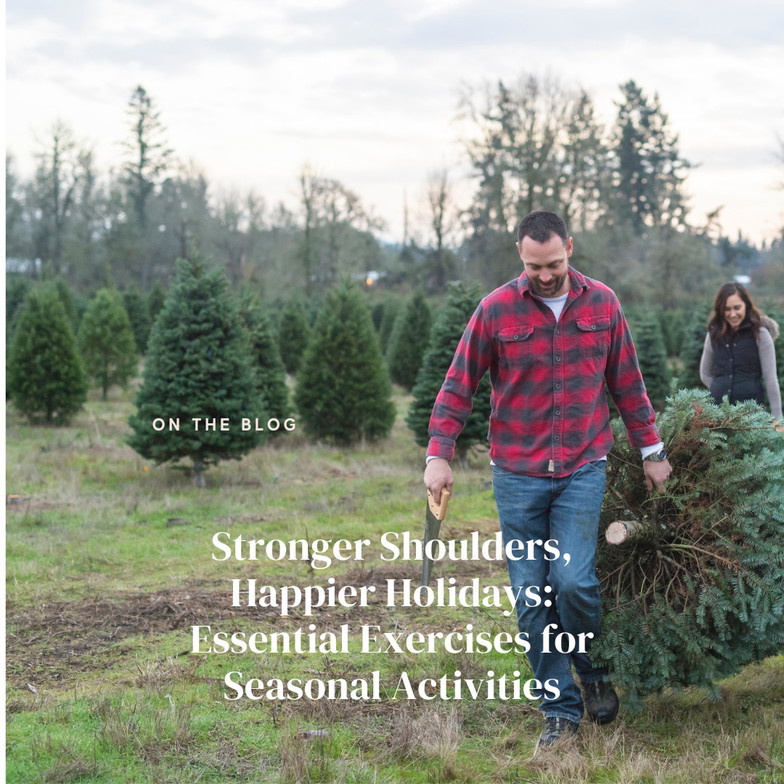
It’s that time of year again! The fall decorations are out, there’s a chill in the air, and the breeze is gently scattering leaves. This is the season when many people are excited to host gatherings, set up festive decorations, and bake delicious treats. It’s also a time when increased activity can lead to shoulder aggravation. Decorating often involves repetitive movements that can cause tendinitis, bursitis, or even tears or fractures.
Common Shoulder Injuries During the Holiday Season
Tendinitis is one of the most common issues affecting the shoulder. It occurs when repeated motion and stress cause inflammation in the tendons. Subacromial bursitis happens when the fluid-filled sacs (bursae) in the joint become inflamed, increasing friction in the joint during movement. Often, bursitis and tendinitis occur together. Stringing lights or stirring a tasty treat can be repetitive enough to irritate the tendons and bursae in your shoulder.
Tears in the rotator cuff or biceps tendon are also common during the holiday season due to sudden jerks or awkward movements when lifting objects overhead or adjusting decorations. Fractures, like a break in the upper arm bone, can occur from accidents, such as falls from ladders. Fractures require longer recovery but can heal well with the right physical therapy program.
Get Ready with Shoulder Exercises
What better way to prepare for the upcoming season than by doing a few easy exercises to help prevent tendinitis, bursitis, tears, or fractures in your shoulder?
A study published in the Journal of Strength and Conditioning Research examined the “Effects of a Shoulder Injury Prevention Strength Training Program on Eccentric External Rotator Muscle Strength and Glenohumeral Joint Imbalance in Female Overhead Activity Athletes.” The researchers found that “a strength training program potentially decreases shoulder rotator muscle imbalances and the risk for shoulder injuries to overhead activity athletes” (Niederbracht et al.). While most of us are not athletes, these exercises can help reduce the risk of shoulder injuries.
Warm-Up
Before performing the exercises below, spend 5-10 minutes warming up your shoulders with arm circles in both directions, gradually increasing the size of your movements. Warmed-up shoulders will benefit more from these exercises.
Scapula Pinches
- Stand or sit with your back straight.
- Pull your shoulder blades together and down, as if pinching a pencil between them.
- Hold for a few seconds, then release.
This exercise promotes shoulder girdle stability and good posture.
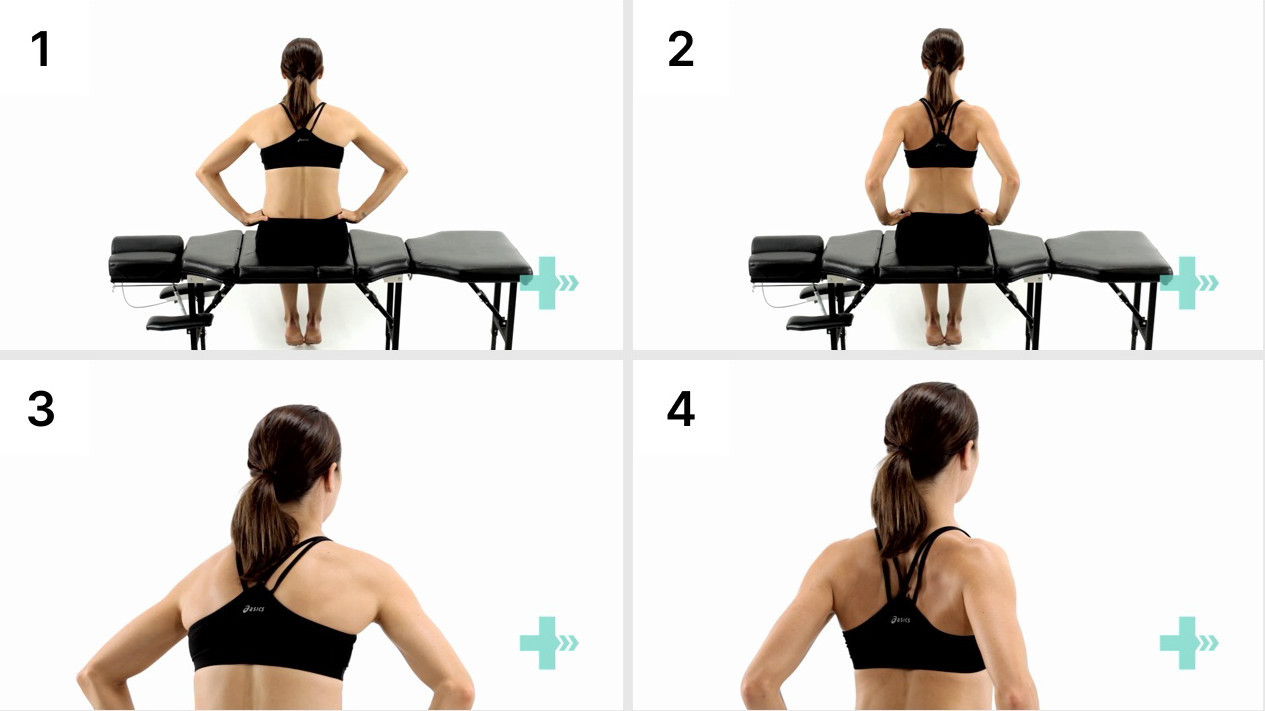
Wall Angels
- Stand with your back against a wall, arms at your sides.
- Slowly raise your arms overhead, keeping your elbows and wrists in contact with the wall.
- Repeat for your desired repetitions.
This exercise improves shoulder mobility and stability.
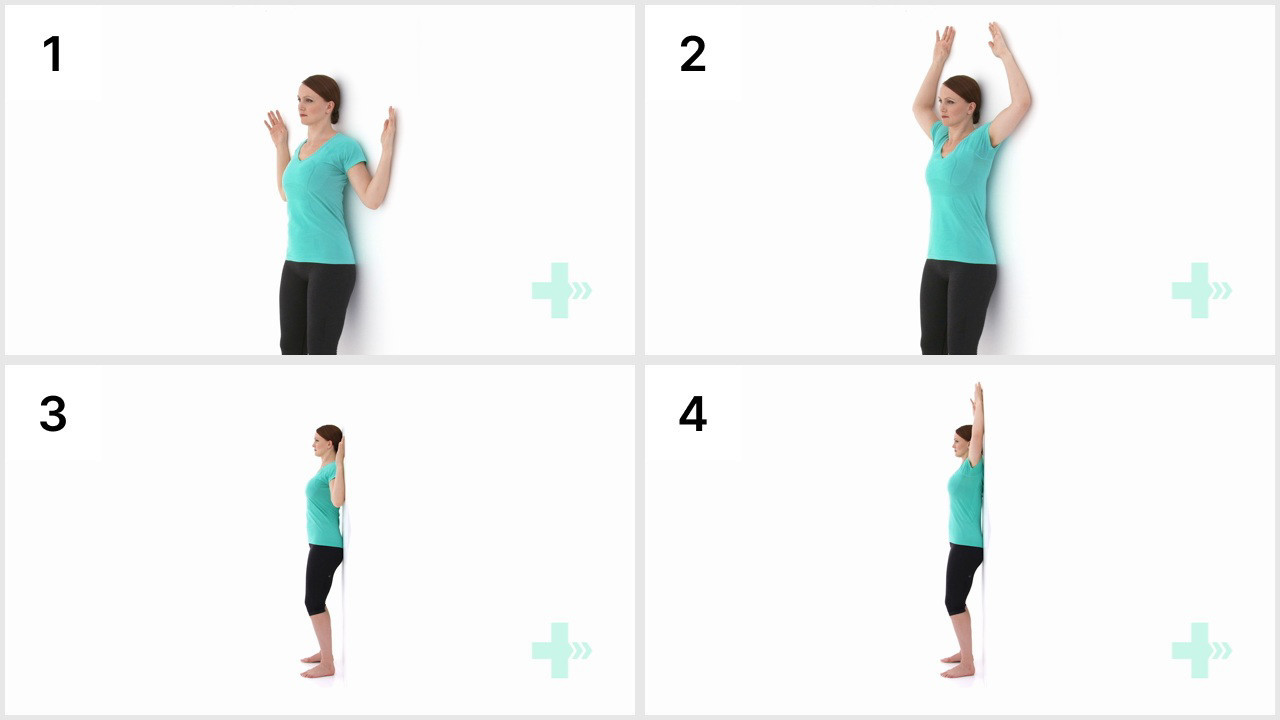
Serratus Wall Push-Up
- Stand facing a wall, about an arm's length away.
- Place your hands on the wall, slightly wider than shoulder-width apart, at chest height.
- Push away from the wall while engaging your serratus anterior by pressing your shoulder blades forward.
- Bend your elbows and lean toward the wall, keeping your body straight and aiming to bring your chest closer to the wall without letting your hips sag.
- Step back slightly to increase arm tension, keeping your feet flat and body straight from head to heels.
- Push through your palms to return to the starting position, fully extending your arms.
Perform your desired repetitions, focusing on engaging your serratus muscles.
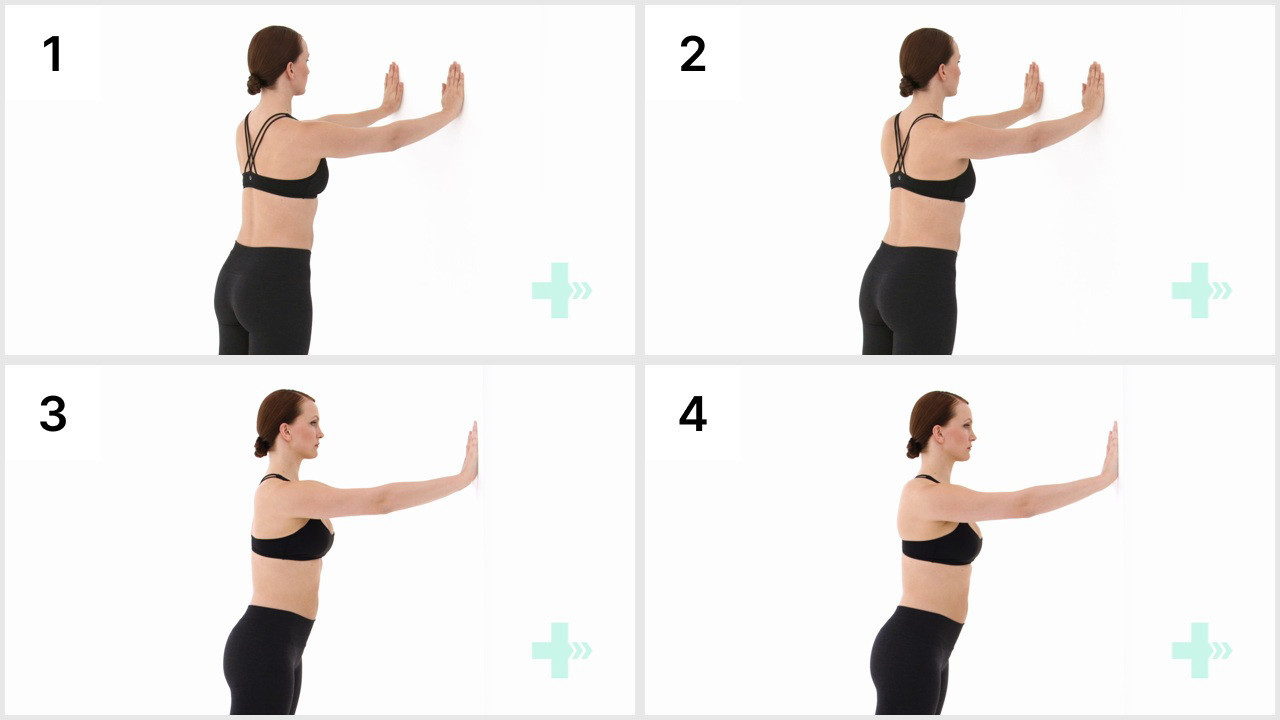
Side-Lying Shoulder External Rotation
- Lie on your side with your hips stacked.
- Bend your elbow to 90 degrees and place a towel under it.
- Rotate your arm outward, keeping your elbow in contact with the towel against your side.
This exercise targets the external rotator cuff muscles.
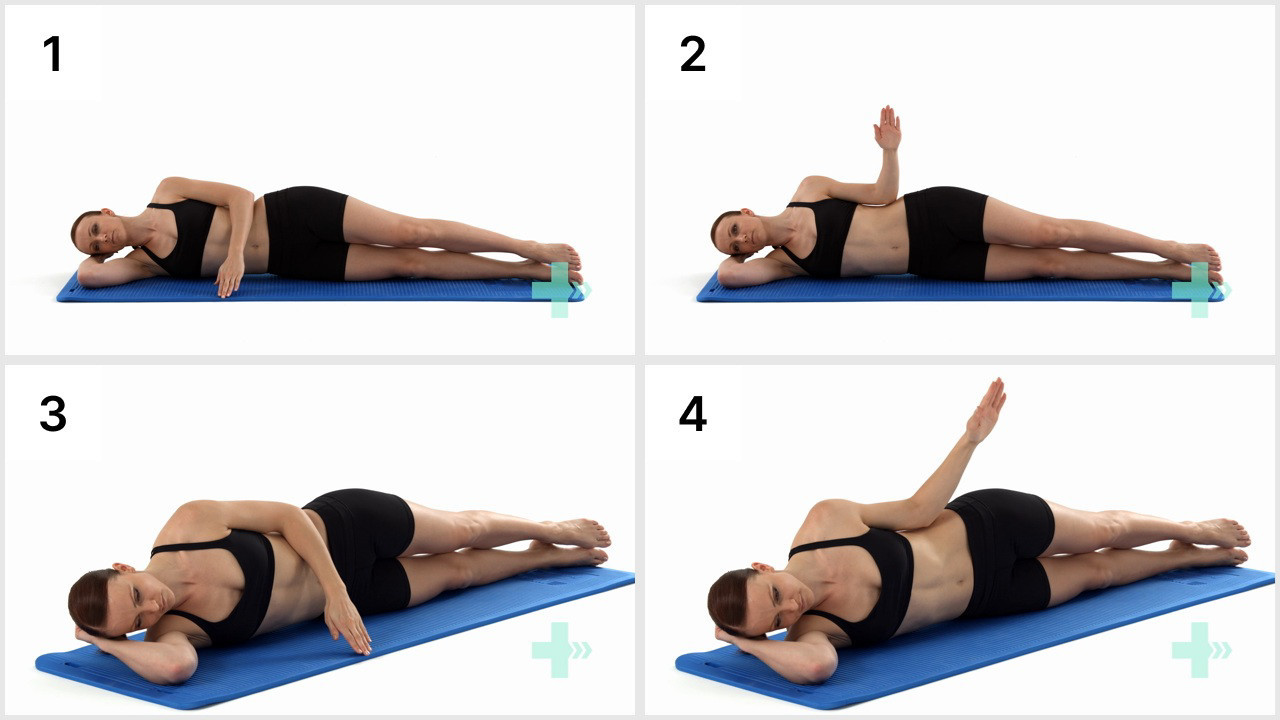
Plank Variations
- Begin face down with elbows directly under your shoulders and forearms flat on the ground.
- Tuck your toes under and lift your body, balancing on your forearms and toes, forming a straight line from head to heels.
- Tighten your abdominal muscles to help maintain stability and avoid hip sagging or back arching.
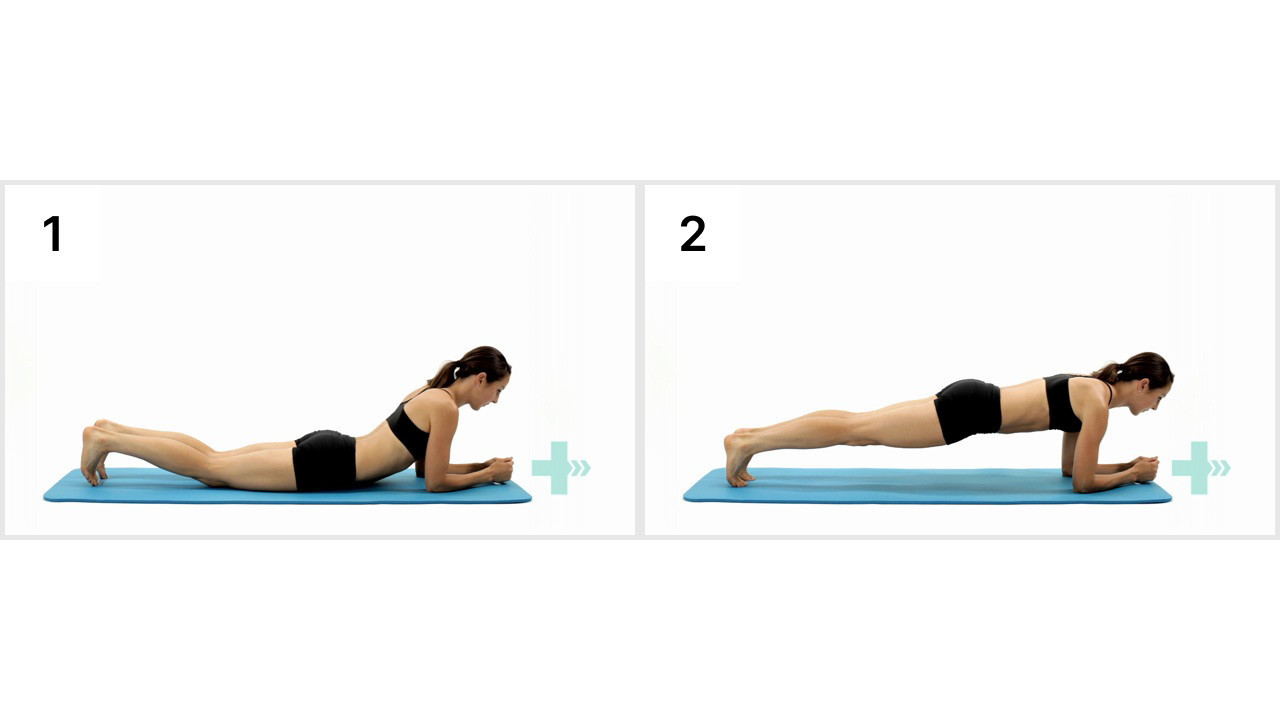
All exercises shown here can be found in the attachement below along with a tracking sheet to monitor your progress.
Shoulder stability is essential for injury prevention, improved performance, and everyday activities. Many people experience shoulder pain during the holiday season. By understanding shoulder stability’s importance and incorporating targeted exercises into your routine, you can build a stronger, more stable shoulder.
Remember to listen to your body this holiday season. Don’t push through pain—take frequent breaks when your shoulders feel tired or achy. Overworking your shoulders can lead to more significant problems later on. Let’s enter these next few months with strong, healthy shoulders!
When to Seek Help
If any of these exercises cause increased pain, stop immediately. If you’re experiencing pain or difficulty with reaching, dressing, or shoulder rotation, it may be time to see a physical therapist. At Waystone Physical Therapy, our expert team can help you regain mobility and strength, so you’re ready for the holiday season. Contact us today to schedule an appointment!


.jpg)


